News
EPJ Plus - Paolo Biscari becomes Deputy Editor-in-Chief
- Details
- Published on 16 February 2016

EPJ Plus has the great pleasure to announce the appointment of Professor Paolo Biscari as deputy Editor-in-Chief of the journal.
Paolo Biscari is Full Professor in Condensed Matter Physics at the Department of Physics of the Politecnico di Milano. At Politecnico di Milano he is Dean of the PhD School, which coordinates the researches of approximately 900 PhD candidates. He is Deputy Editor-in-Chief of the European Physical Journal Plus, and member of the Editorial Board of the Springer Book Series "Unitext". His research is focused in the soft matter area, and more specifically in liquid crystals, elastomers, and critical phenomena. He has been Invited Professor at the Universities of Southampton and Minnesota, has published more than 60 research papers in international peer-reviewed journals, three books, and has contributed to approximately 50 international congresses as Invited Speaker. He has directed as PI several research grants and contracts, awarded from both public Institutions and private companies. In 2004, he earned the Bruno Finzi Prize, awarded by the Istituto Lombardo, Accademia di Scienze e Lettere, for his research in Applied Mechanics.
EPJB Colloquium - Fulfillment of sum-rules and Goldstone modes in many body theories
- Details
- Published on 15 February 2016
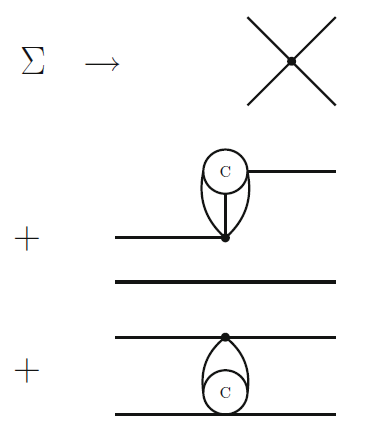
This EPJ B Colloquium article explores applications of the Self-Consistent Random Phase Approximation (SCRPA) approach to Fermi systems with a continuously broken symmetry. Correlations beyond those considered by standard Random Phase Approximation (RPA) are summed up, thereby correcting for the quasi-boson approximation in standard RPA.
EPJ B Highlight - Helping turn waste heat into electricity
- Details
- Published on 03 February 2016

How the collective motion of electrons interacting with crystal atoms can be fine-tuned to harvest excess heat
At the atomic level, bismuth displays a number of quirky physical phenomena. A new study reveals a novel mechanism for controlling the energy transfer between electrons and the bismuth crystal lattice. Mastering this effect could, ultimately, help convert waste heat back into electricity, for example to improve the overall efficiency of solar cells. These findings have now been published in EPJ B by Piotr Chudzinski from Utrecht University, the Netherlands.
EPJ D Topical Review - 20 years of microplasma research: a status report
- Details
- Published on 02 February 2016
The field of microplasmas gained recognition as a well-defined area of research and applications within the larger field of plasma science and technology about 20 years ago. Since then, the level of activity in microplasma research and applications has continuously increased.
A new review article published in EPJ D provides a snapshot of the current state of microplasma research and applications. Given the rapid proliferation of microplasma-based applications, the authors focus primarily on the status of microplasma science and on current understanding of the physical principles that govern the formation and behaviour of microplasmas. They also address microplasma applications, limiting such discussion to examples where the application is closely tied to the plasma science. The article includes some key references to recent reviews, describing some of the diverse range of current and emerging applications.
EPJ B Highlight - Exact formula now available for measuring scientific success
- Details
- Published on 31 January 2016

Polish team has developed equations governing the growth of authors’ h-index using an agent-based model
Scientometrics research is the science of evaluating scientific performance. Physics methods designed to predict growth based on a scale-free network have rarely been applied to this field. Now, scientists in Poland have developed an analytical method using a previously developed agent-based model to predict the h-index, probably the most popular citation-based scientific measurement, using bibliometric data. They are the very first to succeed in developing an exact formula to calculate the number of external citations and self-citations for each paper written by an author. These findings have just been published in EPJ B by Barbara Żogała-Siudem from the Systems Research Institute, Polish Academy of Sciences, Warsaw, and colleagues. It opens the door to applying this growth analysis to social network users or citations from different scientific fields.
EPJ Plus Highlight - Physical parameters matter in terms of cancer cells’ metastatic ability
- Details
- Published on 31 January 2016
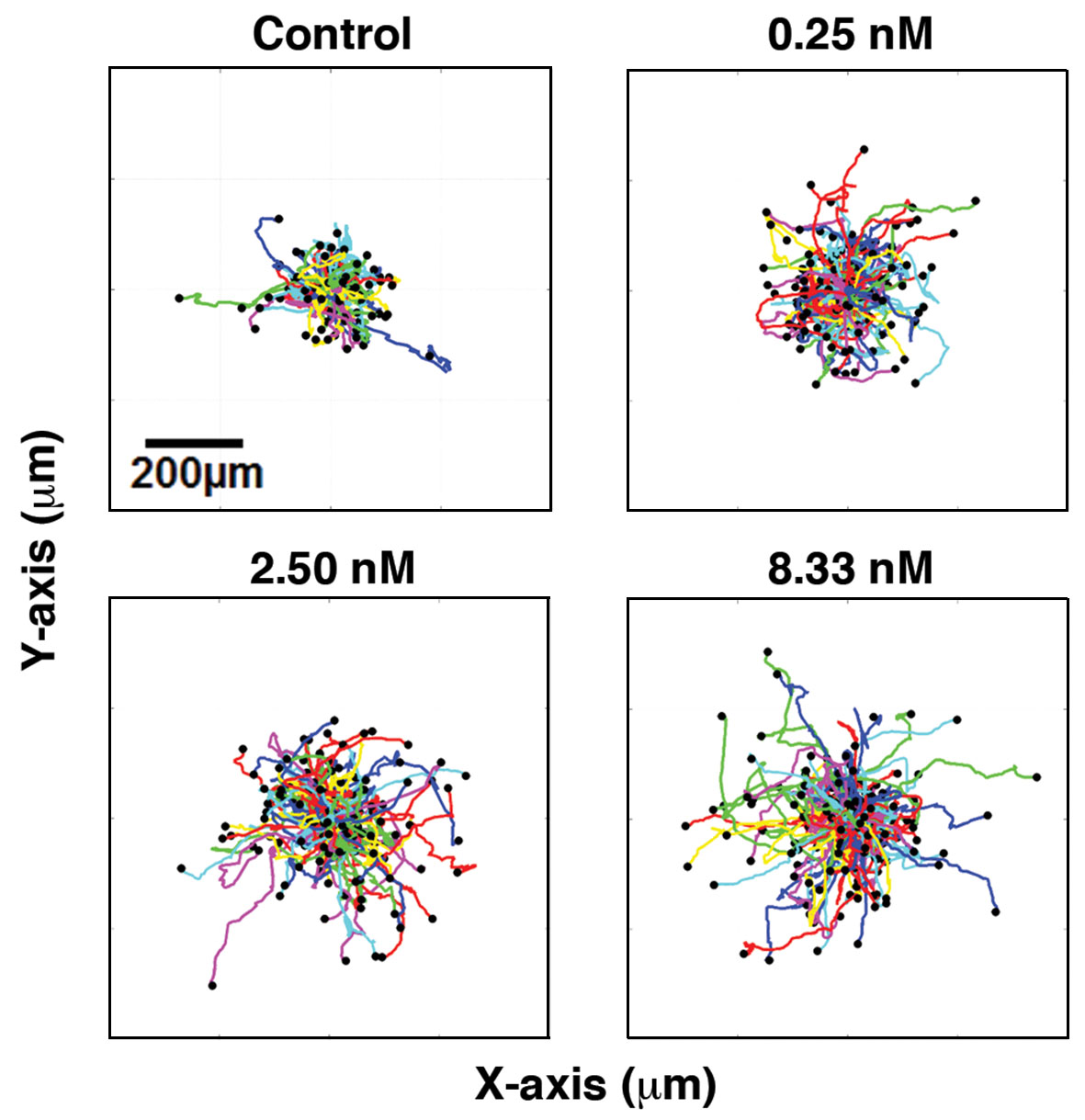
Scientists develop potential visual test for diagnosing invasive states of breast cancer cells
The micro-environment surrounding cancer cells is just as important as genes in regulating tumour progression. Scientists have therefore examined the biophysical and biochemical cues occurring in the vicinity of cancer cells. This represents a departure from the traditional measurement of secreted molecules, called biomarkers. The latest research in this field, recently published in EPJ Plus, found that the presence of a substance called Epidermal Growth Factor (EGF) promotes the motility of elongated mesenchymal tumour cells, which migrate depending on their adhesive properties by climbing along collagen fibres, in contrast to rounded tumour cells, which migrate in an adhesion-independent manner. These findings stem from the work of Dongil Geum and BJ Kim in the Wu biofluifics lab at Cornell University, Ithaca, New York, USA.
EPJ C Highlight - Bright sparks shed new light on the dark matter riddle
- Details
- Published on 27 January 2016

Highest sensitivity detector ever used for very light dark matter elementary particles
The origin of matter in the universe has puzzled physicists for generations. Today, we know that matter only accounts for 5% of our universe; another 25% is constituted of dark matter. And the remaining 70% is made up of dark energy. Dark matter itself represents an unsolved riddle.
Physicists believe that such dark matter is composed of (as yet undefined) elementary particles that stick together thanks to gravitational force. In a study recently published in EPJ C, scientists from the CRESST-II research project use the so-called phonon-light technique to detect dark matter. They are the first to use a detection probe that operates with such a low trigger threshold, which yields suitable sensitivity levels to uncover the as-yet elusive particles responsible for dark matter.
EPJ B Colloquium - Nanophononics: state of the art and perspectives
- Details
- Published on 20 January 2016
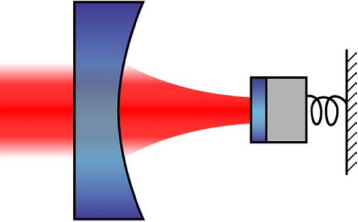
Understanding vibrations in condensed matter, and in particular how to control these vibrations, is proving essential both at a fundamental level and for the development of a broad variety of technological applications. Intelligent design of the band structure and transport properties of phonons at the nanoscale, including their interactions with electrons and photons, has improved the efficiency of nanoelectronic systems and thermoelectric materials, permitted the exploration of quantum phenomena with micro- and nanoscale resonators, and provided new tools for spectroscopy and imaging.
EPJ D Highlight - Anti-hydrogen origin revealed by collision simulation
- Details
- Published on 18 January 2016
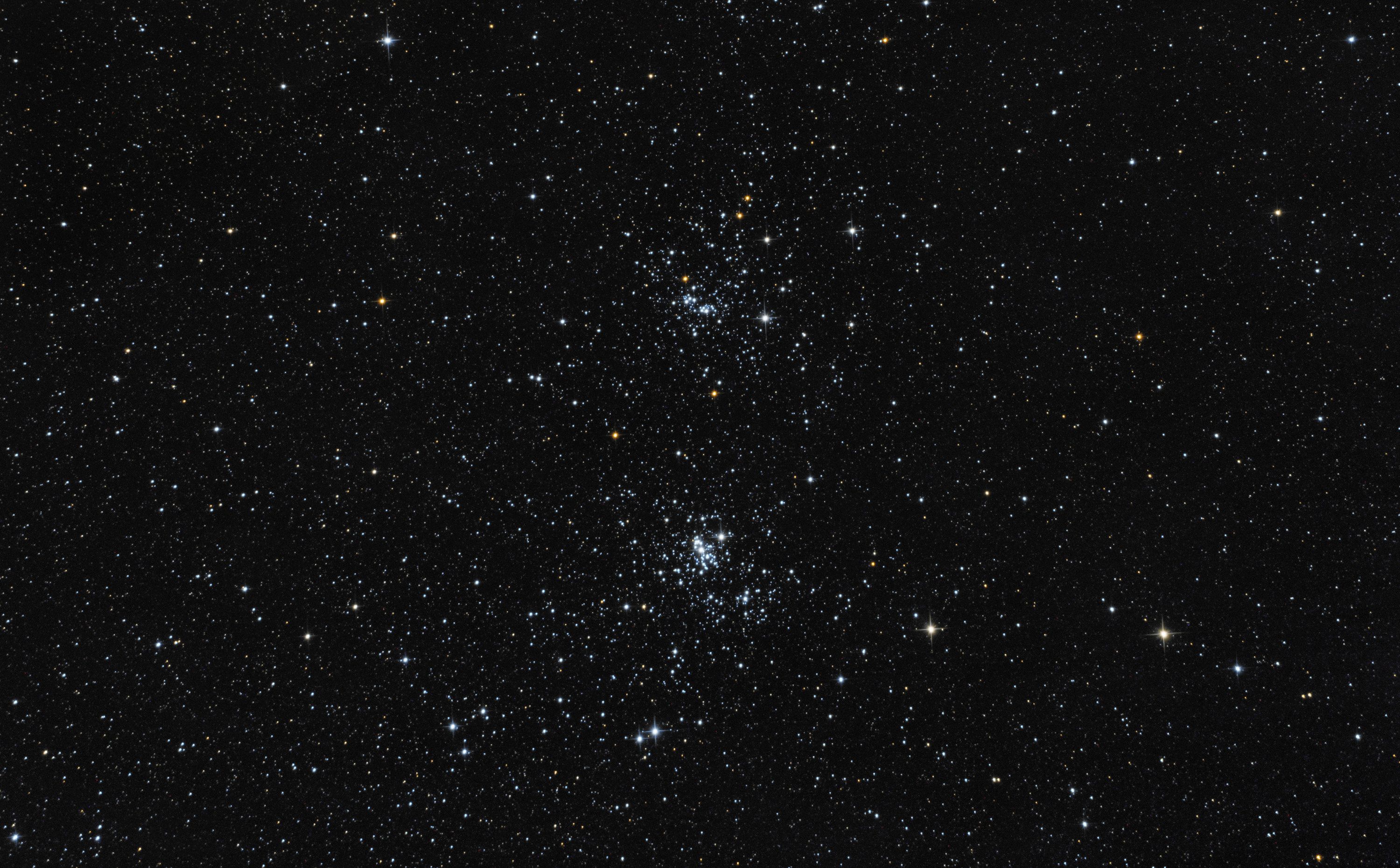
Numerical model takes us one step closer to understanding anti-hydrogen formation, to explain the prevalence of matter and antimatter in the universe
Antihydrogen is a particular kind of atom, made up of the antiparticle of an electron - a Positron - and the antiparticle of a Proton - an antiproton. Scientists hope that studying the formation of anti hydrogen will ultimately help explain why there is more matter than antimatter in the universe. In a new study published in EPJ D, Igor Bray and colleagues from Curtin University, Perth, Australia, demonstrate that the two different numerical calculation approaches they developed specifically to study collisions are in accordance. As such, their numerical approach could therefore be used to explain antihydrogen formation.
EPJ E Highlight - Adjustable adhesion power: what fakirs can learn from geckos
- Details
- Published on 23 December 2015
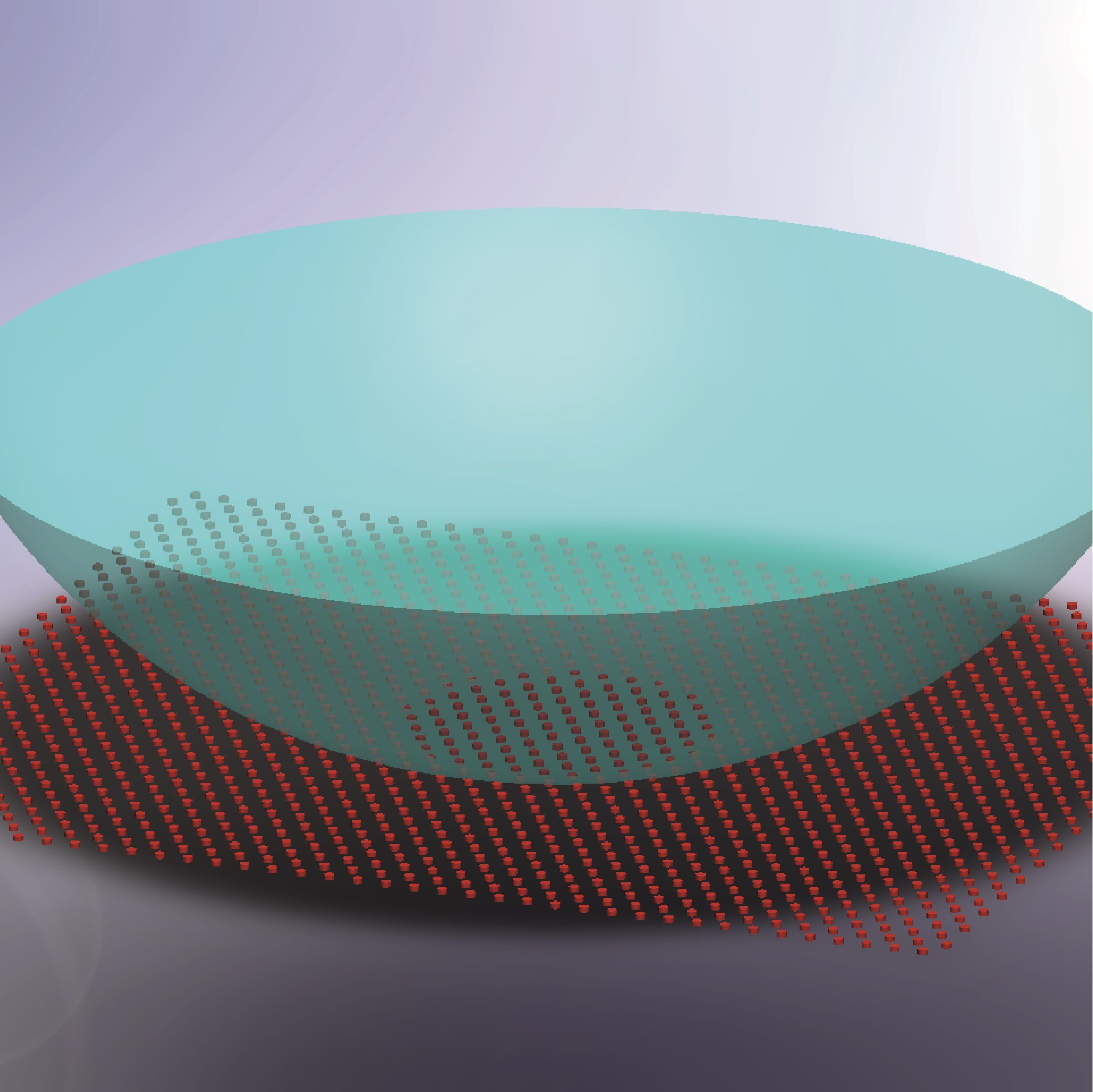
New study models adhesion force as key to contact between two rough, yet elastic, surfaces
Imagine a new type of tyres whose structure has been designed to have greater adhesion on the road. Quite a timely discussion during the long winter nights. French physicists have now developed a model to study the importance of adhesion in establishing contact between two patterned, yet elastic, surfaces. Nature is full of examples of amazing adjustable adhesion power, like the feet of geckos, covered in multiple hairs of decreasing size. Until now, most experimental and theoretical studies have only focused on the elastic deformation of surfaces, neglecting the adhesion forces between such surfaces. This new approach just published in EPJ E, by Laetitia Dies and colleagues from the Paris Sud University, France, matters when the scale of adhesive forces, is comparable to elastic forces on materials such a tyres.




